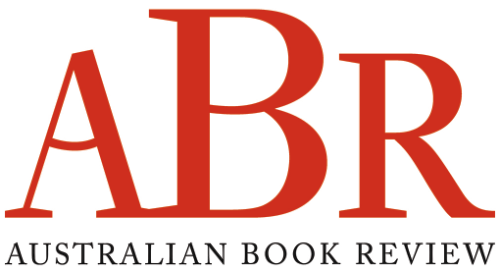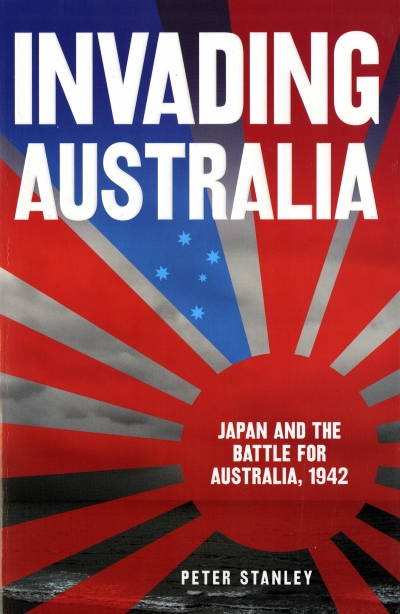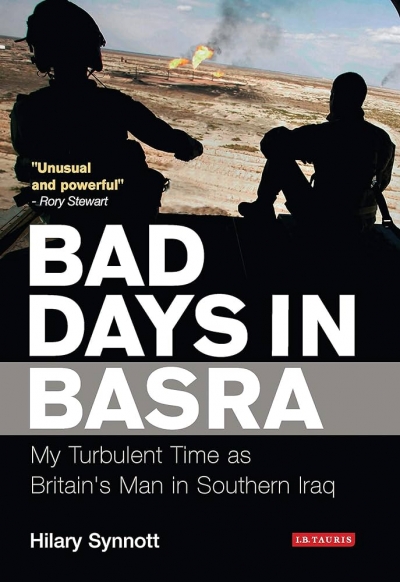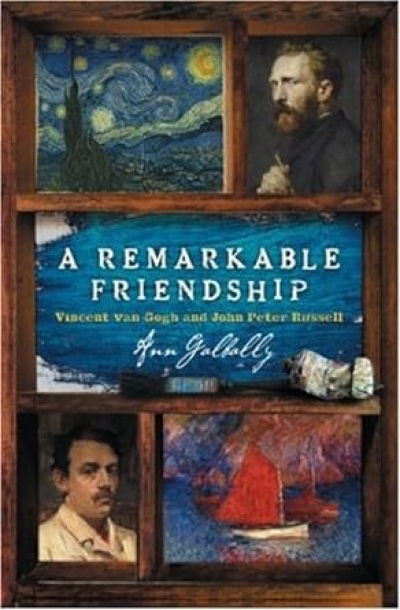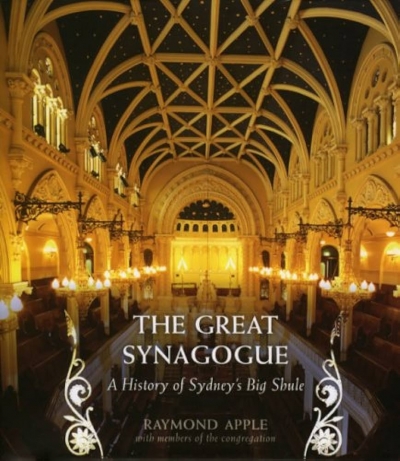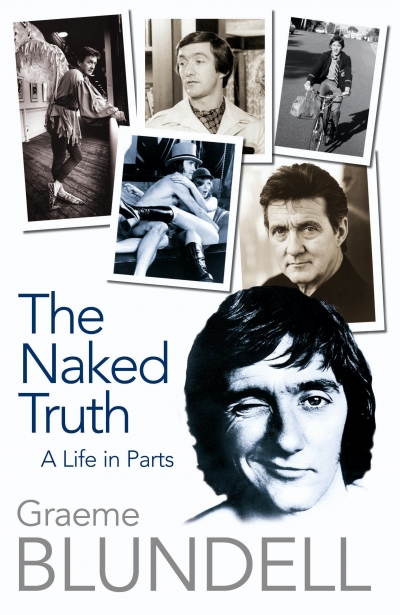Accessibility Tools
- Content scaling 100%
- Font size 100%
- Line height 100%
- Letter spacing 100%
Archive
Invading Australia: Japan and the battle for Australia, 1942 by Peter Stanley
Setting the record straight
... (read more)Dear Editor,
I have to write in support of your reviewer, Nicholas Brown, in expressing reservations about the speculative nature of much of the material in Susanna de Vries’s Desert Queen: The Many Lives and Loves of Daisy Bates (April 2008). I judge only by her treatment of Ernestine Hill (whom I knew very well as my mother’s cousin, and for whom I am literary executor). Since some people are proposing a biography of Ernestine, it is most important to set the record straight.
There was never any parallel between Ernestine’s pregnancy and that of the typical ‘girls’ of that period. An abortion was never even considered. She was delighted with her pregnancy and recorded that the birth of her son, Robert, was the ‘happiest day of my life’.
